CHAPTER 1
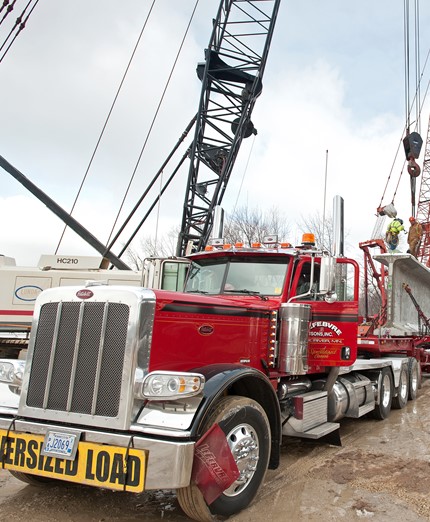
Where Are We Going?
The Minnesota Department of Transportation’s (MnDOT) District 8 Freight Plan has been developed to provide a clear understanding of District 8’s multimodal freight system, how this system is connected to the District’s economy, and what the transportation needs and issues of the District’s industries are. This understanding will assist MnDOT in making well-informed policy and programming decisions in District 8.
Multimodal System
FREIGHT PLAN DEVELOPMENT DATA SOURCES
 Advisory CommitteeThe Advisory Committee was comprised of public and private system stakeholders, and was created to provide “big picture” guidance in the development of the District 8 Freight Plan. The Technical Team was smaller, made up of agency staff, and provided guidance on how the plan will be used to inform investment decisions
Advisory CommitteeThe Advisory Committee was comprised of public and private system stakeholders, and was created to provide “big picture” guidance in the development of the District 8 Freight Plan. The Technical Team was smaller, made up of agency staff, and provided guidance on how the plan will be used to inform investment decisions Consultations 27 phone and in-person consultations with private and public freight stakeholders between May and November 2019. The results of these consultations were synthesized with other findings on needs and issues
Consultations 27 phone and in-person consultations with private and public freight stakeholders between May and November 2019. The results of these consultations were synthesized with other findings on needs and issues Online Survey The project team created and distributed two online surveys to supplement meetings and consultations. One survey was tailored for Advisory Committee members who were unable to attend meetings, and a second was created to solicit feedback from the freight community at large
Online Survey The project team created and distributed two online surveys to supplement meetings and consultations. One survey was tailored for Advisory Committee members who were unable to attend meetings, and a second was created to solicit feedback from the freight community at large  Analysis of Data Evaluations of safety, mobility, and condition were completed using data provided by MnDOT. Examples of data sources include historic road crash data, road crash risk assessments, railroad grade crossing risk assessments, vehicle counts, and vehicle speed data
Analysis of Data Evaluations of safety, mobility, and condition were completed using data provided by MnDOT. Examples of data sources include historic road crash data, road crash risk assessments, railroad grade crossing risk assessments, vehicle counts, and vehicle speed data  Previous StudiesIn addition to providing guidance for planning processes, previous plans and studies were reviewed to collect qualitative and quantitative information specific or relevant to District 8
Previous StudiesIn addition to providing guidance for planning processes, previous plans and studies were reviewed to collect qualitative and quantitative information specific or relevant to District 8 CHAPTER 2
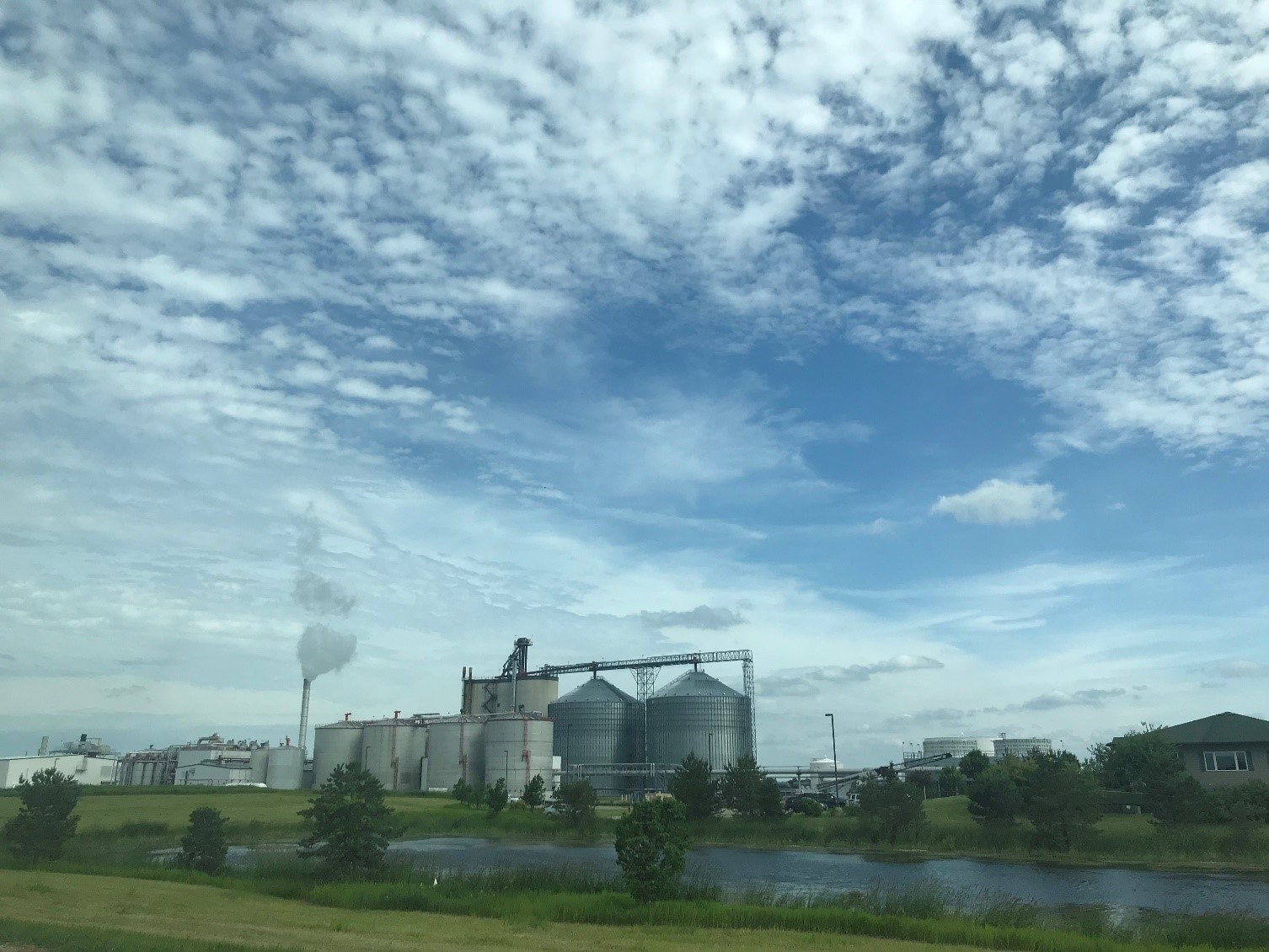
Where Are We Now?
District 8’s economy is heavily supported by industries that rely on the transportation of physical goods to support their operations. These “freight related” businesses employ nearly 40 percent of the District’s workforce. In particular, agriculture and manufacturing stand out as important freight-related industries in District 8. An aging and shrinking population and workforce are trends that could potentially affect the District’s economy and transportation system in the future, as employees may be increasingly difficult to find.
FREIGHT RELATED INDUSTRY TRANSPORTATION REQUIREMENTS
 Maritime transportation (such as barge service) is best suited for the long-distance movement of bulky low-volume goods. These can include raw materials such as grain, oil, chemicals, and aggregates. Maritime can also be suitable for long-distance movement of higher-value manufactured goods when fast service is not required.
Maritime transportation (such as barge service) is best suited for the long-distance movement of bulky low-volume goods. These can include raw materials such as grain, oil, chemicals, and aggregates. Maritime can also be suitable for long-distance movement of higher-value manufactured goods when fast service is not required. Railroad shipping has a similar service profile to maritime shipping: it is capable of moving large volumes of lower-value goods effectively, and common loads include grain, aggregates, forest products, and oil. Additionally, higher-speed rail service (such as intermodal container service) for higher-value goods is available in select areas
Railroad shipping has a similar service profile to maritime shipping: it is capable of moving large volumes of lower-value goods effectively, and common loads include grain, aggregates, forest products, and oil. Additionally, higher-speed rail service (such as intermodal container service) for higher-value goods is available in select areas  Trucking is important because road connections may be the only immediate modal connections that many establishments have. Therefore trucking is often a key element in the first- and last-mile movement of goods. However, trucking costs are higher and capacity is lower relative to rail. Therefore, trucking can only move lower-value goods short distances for transloading to other modes. However, truck service is a viable and common option for moving moderate- and higher-value goods longer distances in shorter periods of time.
Trucking is important because road connections may be the only immediate modal connections that many establishments have. Therefore trucking is often a key element in the first- and last-mile movement of goods. However, trucking costs are higher and capacity is lower relative to rail. Therefore, trucking can only move lower-value goods short distances for transloading to other modes. However, truck service is a viable and common option for moving moderate- and higher-value goods longer distances in shorter periods of time.  Air freight is the most expensive modal choice, on a ton-per-mile basis, and is generally only used for high-value, low-volume, time-sensitive goods, such as pharmaceuticals, electronic components, and parcel service.
Air freight is the most expensive modal choice, on a ton-per-mile basis, and is generally only used for high-value, low-volume, time-sensitive goods, such as pharmaceuticals, electronic components, and parcel service. Freight-Related Establishments
MULTIMODAL FREIGHT SYSTEM
RAILWAYS
CHAPTER 3

How is District 8 Changing?
For simplicity, the needs and issues discussed in this Chapter are described on a mode-by-mode basis. Within each mode, needs and issues are placed in three categories that were adapted from the Minnesota State Freight Investment Plan criteria.
DISTRICT 8 Needs and Issues
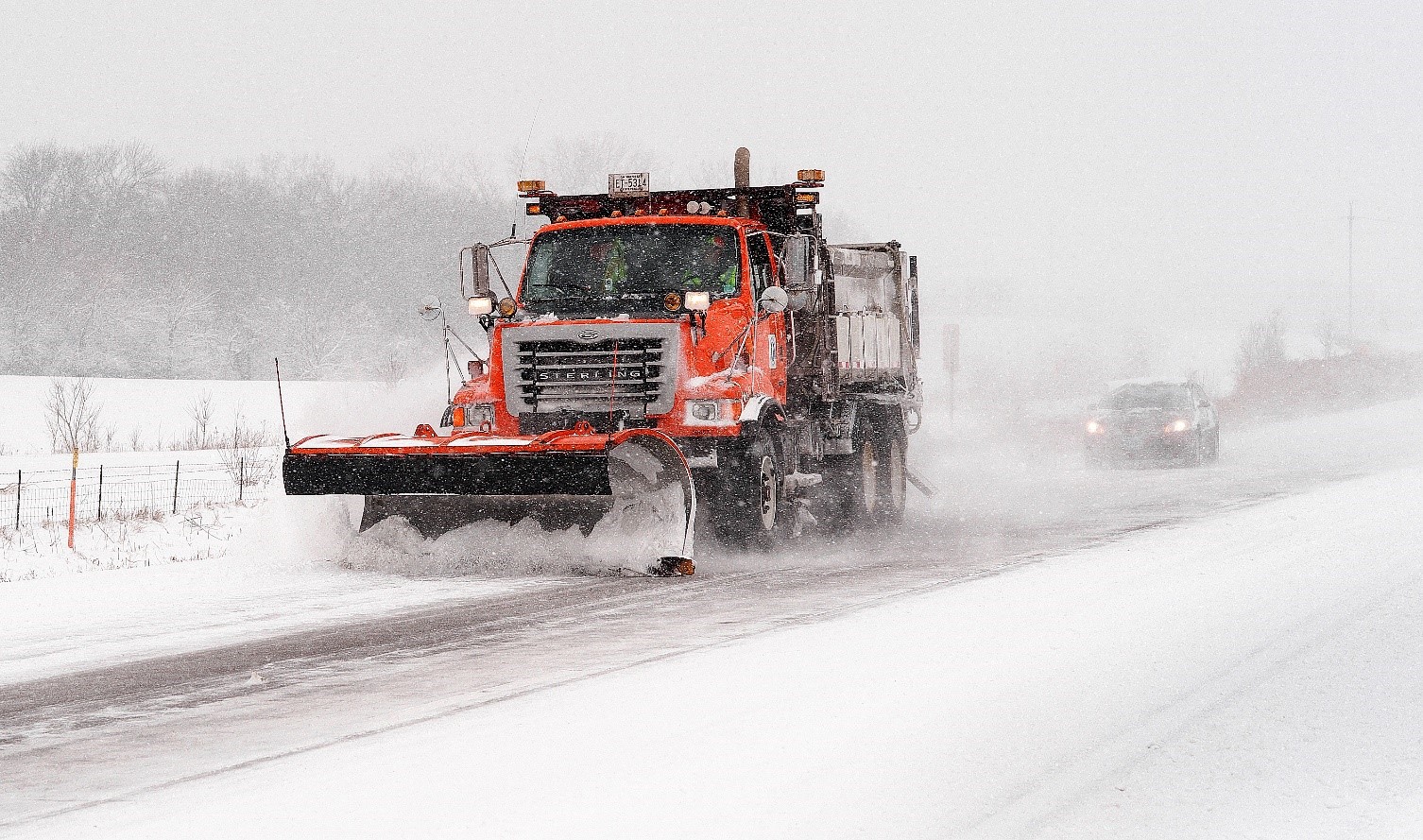
01
Roadways
The District's road network consists of a variety of road types, including US highways, state highways, and county roads. However, unlike most other Districts, District 8 lacks interstate highway mileage. The road network plays an important role because it provides direct connections to not only rail within the District and to all of the District’s businesses, but also to other modal systems located beyond District boundaries. Infrastructure condition is important for two reasons. First, poorly-maintained infrastructure can damage vehicles and cargo, or force trucks to travel at slower speeds, effectively increasing travel costs for District businesses. Second, structurally-deficient infrastructure may necessitate lower weight limits, which could result in longer routes for trucks. Another issue is that freight may take alternate routes that add many miles to their trip. This discussion of infrastructure condition in the report is broken down into two parts: pavement condition and bridge condition.
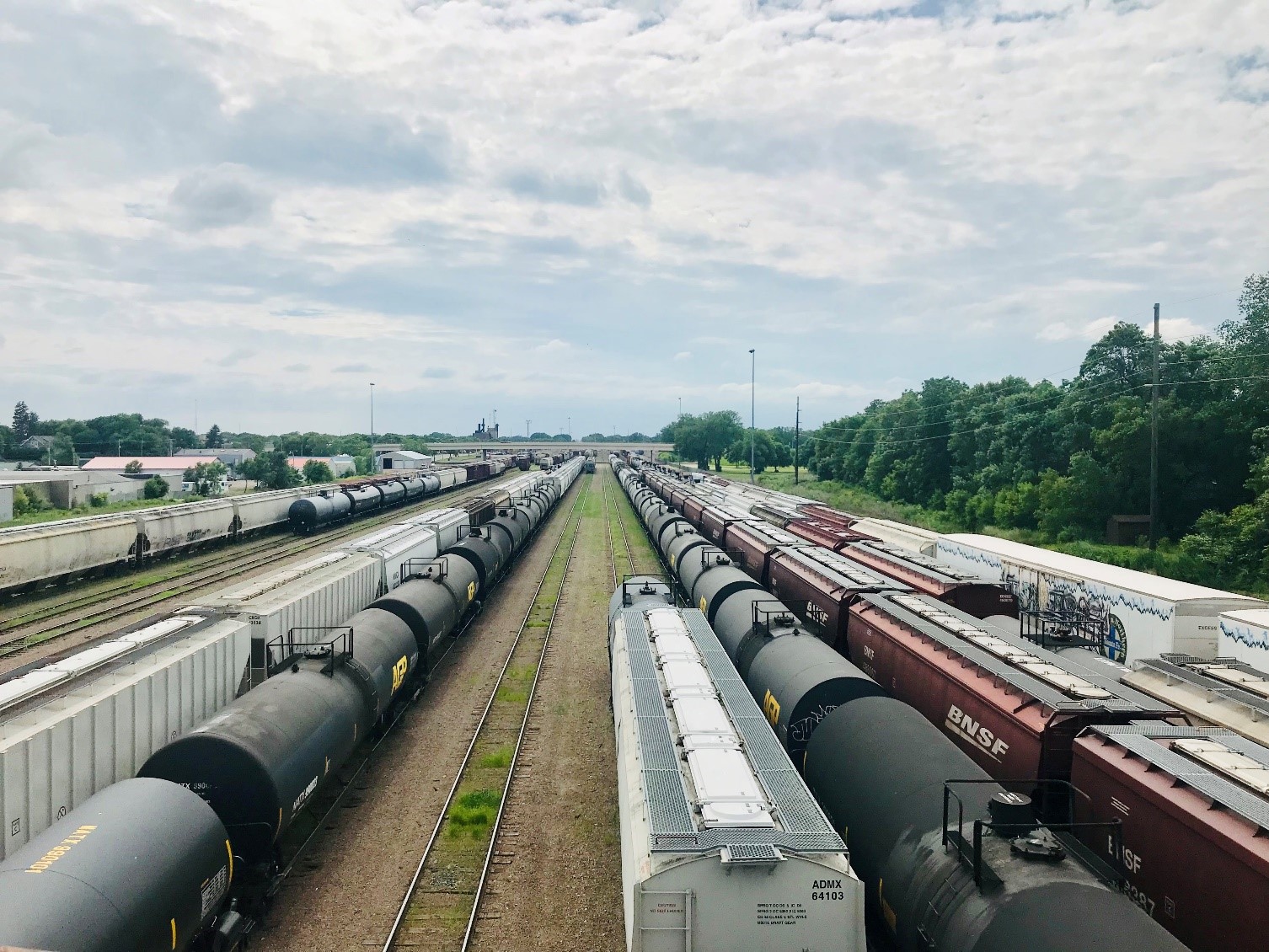
02
Railroads
Stakeholders did not identify any grade crossing needs or issues in the District, but there are some actively- and passively- protected crossings with relatively high levels of assessed risk. MnDOT and BNSF have partnered on a new wye in Willmar, with MnDOT altering road routes and BNSF constructing new track. The project will improve rail mobility by creating a direct connection for BNSF trains to move between the Morris and Marshall subdivisions .

03
Anticipating and Interpreting Future Changes
The freight transportation system is made up of a variety of actors such as shippers, brokers, and carriers. These actors make choices in response to a variety of external factors, including economic or political changes. Therefore, the operation of freight itself is fundamentally reactive to a variety of factors that lie well outside of the control of MnDOT and other agencies that build and maintain the transportation system. Additionally, the freight system is continually changing. It can be difficult to determine exactly how it will change in the future because the specific factors that influence demand are numerous and difficult to forecast. However, there are a number of “lenses” through which MnDOT can interpret or anticipate future freight changes including Social, Technological, Environmental, Economic, and Political considerations.
CHAPTER 4
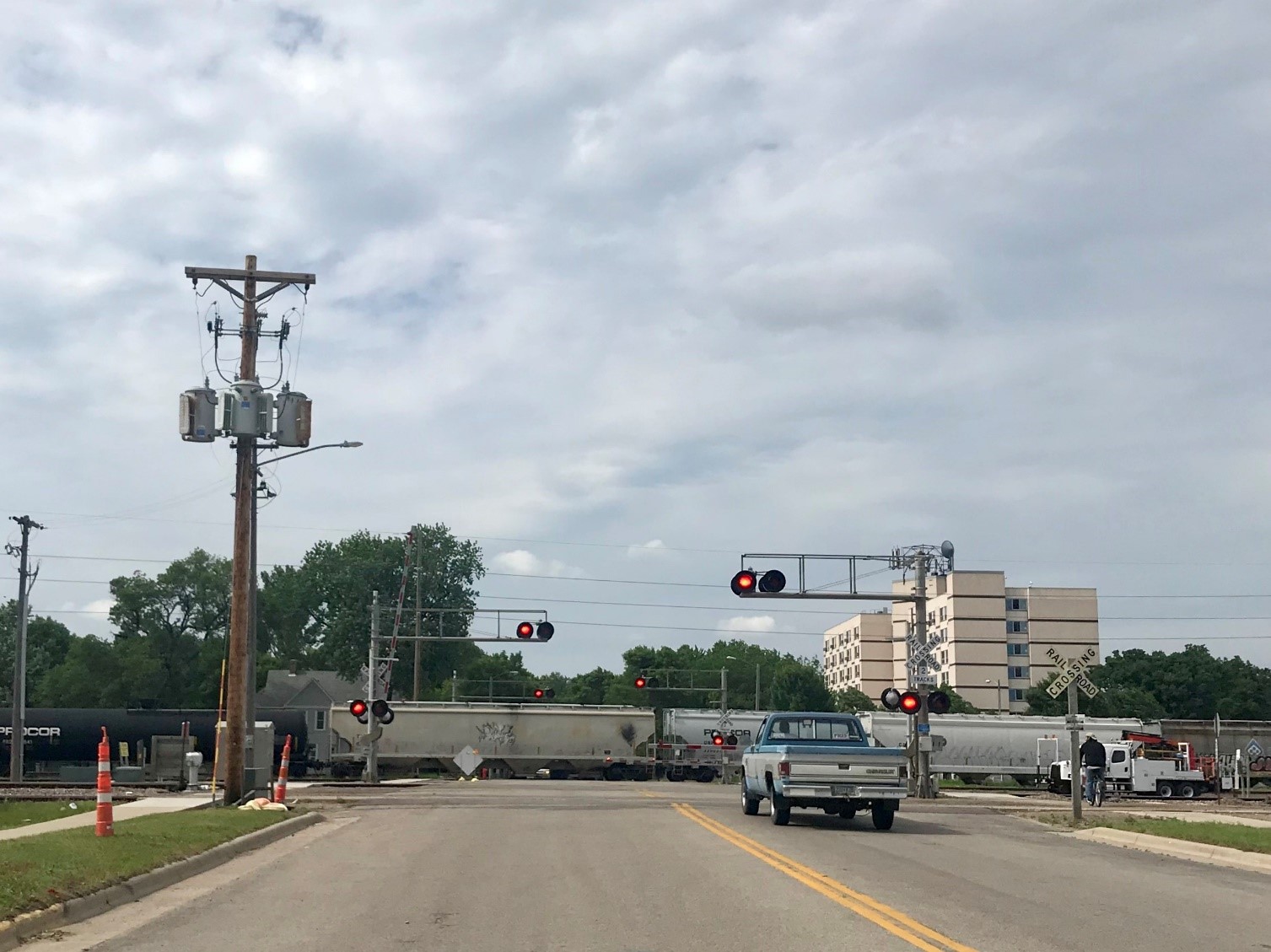
How Will the District Move Forward?
MnDOT’s freight and rail funding programs have helped address freight system needs where traditional highway system funds could not. While this Plan “ranks” needs and issues, it is ultimately up to District 8 and key stakeholders to determine which projects may be in the best interest of the region to advance.
PROJECT FUNDING AND PRIORTIZATION - MnSHIP Expenditures by Investment Category
CHAPTER 5

What Comes Next?
While District 8’s freight system is not without its needs and issues, it also has many advantages, and there are opportunities to improve the system. These opportunities have been cast as recommendation and have been categorized in four groups:
• Projects that improve and expand infrastructure. • Policies to govern the development, operation, and maintenance of the freight system • Programs designed to broadly improve and enhance the freight transportation system • Partnerships with local stakeholders to better understand each other’s needs and issues, and to collaboratively advance strategies to improve the systemRECOMMENDATIONS
Support Minnesota’s Economy
| Type | Description |
|---|---|
| Policies | N/A |
| Programs | • Manufacturers’ Perspectives Study. Update or “refresh” the Manufacturers’ Perspectives study on a 5 or 10-year basis, to gather relevant feedback and evaluate how freight needs and issues are changing over time. • Minimize Empty Truck Opportunities. Explore opportunities to utilize empty trucks traveling to the District to obtain favorable inbound trucking rates. |
| Partnerships | • Marketing Collaboration for Key Industries. Collaborate with local economic development agencies to market the region’s competitive location and assets. One area to target could be wind energy development • Truck Driver Training Collaboration. Partner with local educational institutions to support truck driver training programs, with goal to ensure local businesses have enough drivers. |
Improve Minnesota’s Mobility
| Type | Description |
|---|---|
| Policies | • Tailored OSOW Regulations. Examine potential opportunities to tailor OSOW truck regulations to reflect local operational context, such as allowing OSOW loads at times when loads would be prohibited elsewhere in Minnesota./td> |
| Programs | • Develop a District Freight Mobility Program. Develop a freight mobility program in District 8 to systematically address the mobility (performance) issues identified as “unaddressed” (as shown in Figure 30). This program should focus on eliminating vertical clearance restrictions, in order to provide improved system redundancy. |
| Partnerships | • Engage with South Dakota DOT. Engage with South Dakota DOT to ensure that highways critical to freight in District 8 (US-12, US-212, US-14, etc.) are adequately maintained. Other topics for collaboration include weight limit harmonization and the creation or preservation of oversize-overweight truck corridors. |
Preserve Minnesota’s Infrastructure
| Type | Description |
|---|---|
| Policies | • Incorporate Freight Considerations into Existing MnDOT Funding Programs, or determine the potential freight benefits or impacts of specific CHIP, STIP, and county projects. Including these considerations may help the District address freight needs and issues without the assistance of a dedicated freight funding program. • Focus on Maintaining the Good Condition of Existing Assets, rather than expanding capacity of the system (primarily roads). The policy reflects the fact that funding shortfalls are expected in the future, and limiting additional maintenance costs for additional infrastructure is in the states’ best interest. |
| Programs | • Develop a Freight Infrastructure Program in District 8 to systematically address the condition issues identified as “unaddressed” • Expand Truck Parking Options on the southern and western sides of the Twin Cities • Conduct Research in Freight Technology Topics, including to understand how the implementation of autonomous trucks may be relevant to freight in the area, and what facilities may be needed to support autonomous vehicle operations |
| Partnerships | • Provide Stable Funding. Encourage state and federal lawmakers to develop stable funding policies and sources for freight, and the transportation system in general. • Consult with Trucking Operators when creating roundabouts on major freight routes. • Work with Class III Railroads to understand track weigh limitations and investment requirements to make the rail system more efficient in the District. |
Safeguard Minnesotans
| Type | Description |
|---|---|
| Policies | •N/A |
| Programs | • Develop a Freight Safety Program in District 8 to systematically address the safety issues identified as “unaddressed”. This could effectively be incorporated in existing District safety activities, with an emphasis on addressing those most pressing freight-related needs (e.g., adding turning, accelerating and passing lanes; improving sight lines and warnings for shot stopping distances; widening and strengthening shoulders). • Make Targeted, Low Cost Safety Investments, which could include warning devices at high-risk rural intersections • Advance District Recommendations of MnDOT’s Weight Enforcement Investment Plan including: 1) US-71/MN-23 in Kandiyohi County north of Willmar needs increased enforcement due to the shipping of heavy sugar beets and generally heavy truck traffic, and 2) additional review is needed to upgrade a Weigh In Motion site on US-212 in Renville County, east of Olivia. |
| Partnerships | • Partner with Local Communities and Railroads to advance grade crossing and low clearance improvements at key location • Public Education on How to Drive Near Trucks. Public education with local law enforcement and media to help public understand how to drive around trucks. |
Protect Minnesota’s Environment and Communities
| Type | Description |
|---|---|
| Policies | •N/A |
| Programs | • Improve Truck Routing. Examine opportunities to minimize truck routing through urban areas/town centers • Reduce Use of Salt and Deicers. Examine opportunities to reduce the use of salt and other deicing solutions that may contribute to the contamination of local water supply used for agriculture. |
| Partnerships | • Provide Local Assistance. Offer assistance to county and local governments with long-range planning. Many freight issues occur off of MnDOT’s trunk highway network, so collaboration with local governments may be necessary to solve first- and last-mile freight movement needs and issues. |

